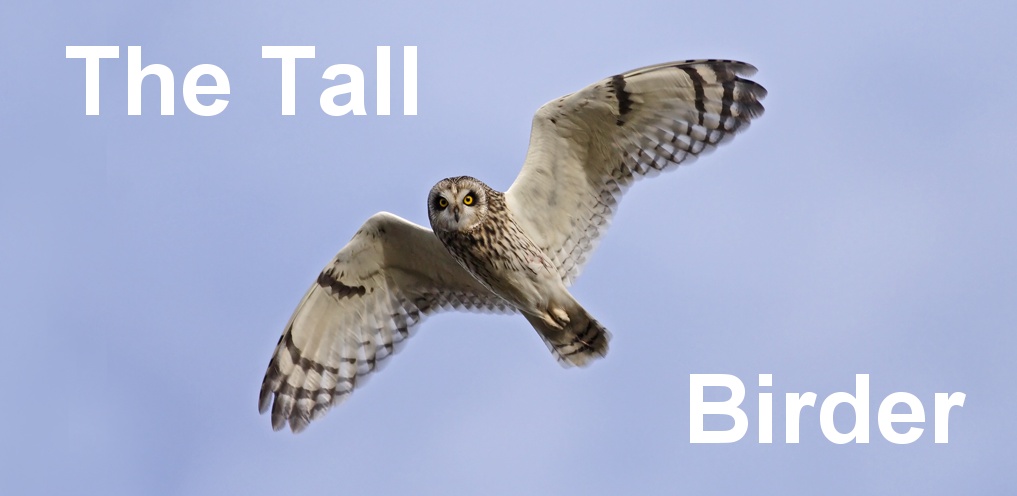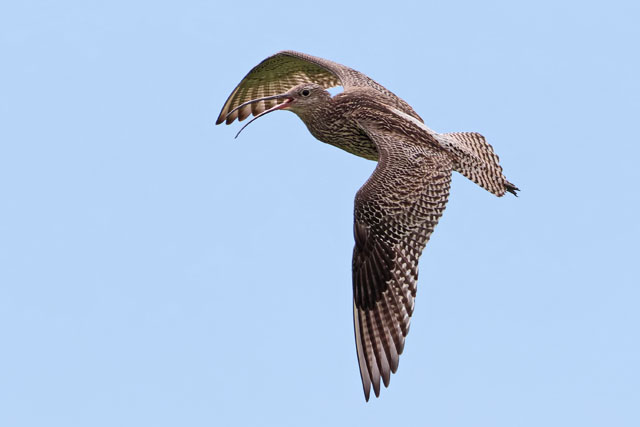I've got a bit behind with my blog entries due to a couple of UK trips. So here is my entry covering the first of these in June.
With a business commitment in Aberdeen in June, some time in advance I decided to stay on for a few days afterwards, with the main aim of getting a better photo of the elusive Northern Emerald. So I booked a couple of nights in Gairloch well in advance. Unfortunately, the weather wasn't cooperative and any hopes of this rare dragonfly were extinguished by a forecast of low temperatures, rain and high winds - quite the opposite of what is needed!
So I modified my plans a little, and spent my first night in Speyside where the forecast was a little better. Arriving in the late afternoon after driving over from Aberdeen, I found the temperature to be about 17C and calm, but pretty overcast, so I decided to try the pool with boardwalk just to west of Loch Garten which is a known site for the very localised
Northern Damselfly. I was fortunate to find a few in the vegetation near to the boardwalk with one in particular quite close, but low down.
Northern Damselfly - for a larger image, click here
Round the far side I found this female Emerald Damselfly:
Emerald Damselfly
It was then time to find my hotel - the Fairwinds in Carrbridge which was very small (only 4 bedrooms) but economical and a very pleasant, peaceful place to stay. It didn't serve dinner so I had to walk to the nearby pub, but the breakfast was excellent. The grounds had a nice pond, and a Red Squirrel coming to feeders, as were masses of Siskin. Crested Tit had also been seen here, but I couldn't find any.
The following day the weather was poorer, with wind and cloud to start, but I spent as much time as possible in Speyside reckoning that it would be even poorer to the north west (which it was)!
Changing to birding mode, I tried the minor road along the southern shore of Lochindorb which can be good for photography from the car. Sure enough, despite the near gale force winds, I found several Red Grouse families, some with very small young, and a confiding group of Oystercatchers hunkered down at the waters edge.
Oystercatcher
Red Grouse
I then tried a small loch where I have previously found
Slavonian Grebe and was again successful, but this time it came much closer than before. Shame about the light and wind, though!
Slavonian Grebe - for a larger image click here
While I was waiting for the grebe to appear, this Common Sand appeared:
Common Sandpiper
After this, I headed further south to a well known, accessible Osprey eyrie and found an adult and juv in residence but views were distant.
With the weather improving later in the day, I again tried for some dragonflies at the Loch Garten pool - but it was very wind swept and no
Northern Damsels were showing. All I could find was a few
Four-spotted Chasers. I then tried the larger pool in the middle of Tulloch Moor, where
in 2010 I had found many immature White-faced Darters in early June. This time, I found the road closed, and so had to walk in to find nothing except more
Four-spotted Chasers.
Thereafter it was time to head over to Gairloch, where the weather was poor, as I had feared. The next day, the temperature was no higher than 11C, with gale force wind and some very heavy and prolonged showers. Nothing like dragonfly weather and even finding birds was difficult. It is however a great part of the world, with magnificent scenery.
My birding highlights were few. Great Skua on a wet walk round the headland at Redpoint, and some Black Guillemots in the nearby bay were about it. Plus Red-breasted Mergansers in the bay at Poolewe, I suppose. I spent some time looking for divers in bays and fresh water lochs without any success, and didn't take a single shot with my Canon 7D mkII!
Panorama from Redpoint beach
The following day the weather was also similar, so I headed east as soon as possible. Tempted by a favourable forecast in Speyside I diverted from the direct Aberdeen route to try for dragonflies again. But when I arrived I found it to be about 12C and overcast, instead of the forecast 16C and sun! So I got straight back in the car, and decided to try the east coast first at Collieston. The small headland here is a pleasant spot, and again provided me with views of various seabirds, including Razorbill, Guillemot, Sandwich Tern and best of all, an Arctic Skua harrying the terns.
With my return to Aberdeen airport for the flight back to Heathrow looming, I tried the Ythan Estuary for breeding terns. I first parked in the main car park and walked through the dunes to the estuary mouth to find a very full tide, and very distant terns. So I quickly decided to back-track to the road bridge over the estuary, where the terns were coming very close in the strong wind. Unfortunately I only had about 15mins here, but with longer I could have probably got some good Arctic and Sandwich Tern shots.
Arctic Tern. Click here to enlarge


















































